The Evolution Of Jackie Chan
A history of comedy violence
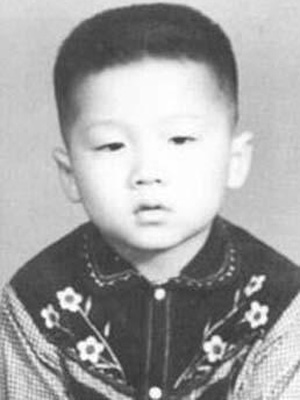
Big And Little Wong Tin Bar (1962)
Jackie Chan made his feature debut at the tender age of eight in this black-and-white Hong Kong movie. Chan had been attending the China Drama Academy studying performance, acrobatics and martial arts, and he’d continue to do so for the next decade.
Over the same period of time he continued to appear in support roles in obscure martial arts movies, but it wasn’t long before he was moving on to bigger things…
Injuries sustained? He remained unharmed here, but even at a young age he was comfortable in the art of beating people up.
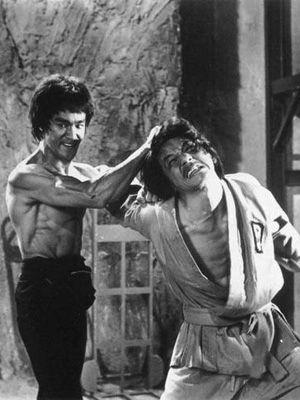
Enter The Dragon (1973)
It wasn’t long before Chan was appearing in mainstream kung fu flicks. A year earlier, he worked as a stuntman on Bruce Lee’s Fist Of Fury , before appearing as a prison thug in the martial arts legend’s final film.
Enter… sees Lee infiltrate a martial arts contest held on a supervillain’s island hideout. Chan is bestowed with the great honour of having his neck snapped by the great man, before taking up the mantle of international kung fu movie icon after his forebear’s untimely death.
Injuries sustained? That neck snap didn’t seem to cause any lasting damage.
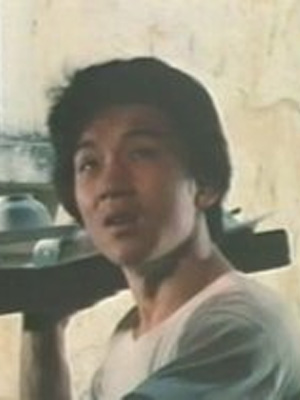
The Young Tiger (1973)
That very same year, Chan’s ambitions were marked when he landed a notable role in this action film. He was 17 years old.
The simple plot sees a young man secretly training in martial arts, and putting those skills to use when protecting a local store from a crime ring. Chan’s presence in the movie has since been exaggerated for marketing purposes.
Injuries sustained? He was still slinking by unscathed at this point…
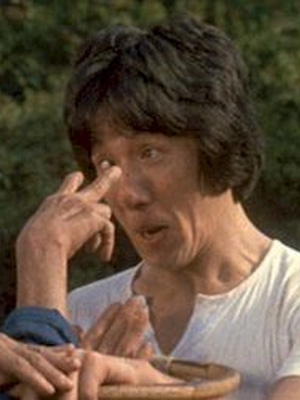
Snake In The Eagles Shadow (1978)
Chan continued to work steadily in the intervening years, but Snake… was a key hit in his early career. This film played up to Chan’s physical comedy skills as much as his talent for fighting, helping to propel him to stardom.
JC has claimed that he sees himself as the heir to the physical comedy throne of Buster Keaton and Charlie Chaplin, and that inspiration is exemplified in an early form here.
Injuries sustained? He was slashed by a real sword, but flesh wounds are small-fry in the Jackie Chan injury stakes.
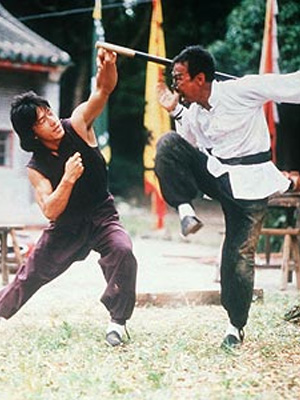
Drunken Master (1978)
Another of the iconic roles in the formative stages of Chan’s career, this also showcased his talent for making ‘em laugh while cracking heads.
After repeatedly getting into trouble, Freddie Wong (Chan) betters himself by learning Drunken Boxing from his hard taskmaster of a mentor, So Chan. The fighting style (a technique that involves imitating the posture and movements of a sozzled combatant) is the perfect vehicle for Chan’s screen skills.
Injuries sustained? Chan took a severe injury to his brow during a fight scene, almost becoming blind in one eye as a result.
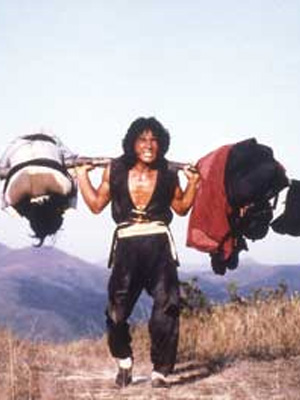
The Young Master (1980)
This was the first film for which Jackie Chan acted as the sole director (he previously co-directed 1979’s The Fearless Hyena ). This is a tale of sibling rivalry and redemption, as Chan’s Dragon is displeased to discover that his brother Tiger has fought for a rival school in a martial arts competition.
When Tiger’s transgressions are uncovered, he’s banished in shame and Dragon goes on a quest to find him. It’s not a mission without fistfights, mistaken identities and dangerous criminals, mind.
Injuries sustained? One of many projects on which Jackie suffered a broken nose.
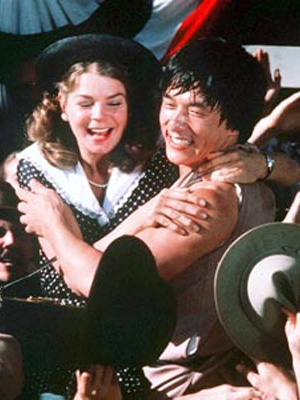
The Big Brawl (1980)
This was Chan’s first attempt at infiltrating the Hollywood market, but he wouldn’t find success just yet, with the film scoring a modest $8m at the US box office.
It probably didn’t help matters that the film was set in the ‘30s, and that director Robert Clouse toned down Chan’s signature action style. Despite the period setting, the relatively Chan-friendly storyline sees him defend his family’s restaurant from the mob (by way of a fighting tournament).
Injuries sustained? Only his American dream was bruised here.
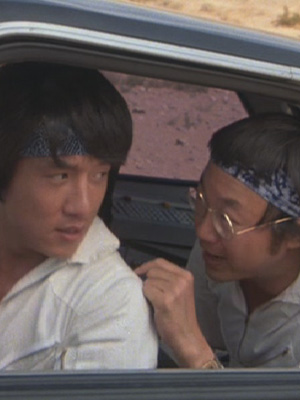
The Cannonball Run (1981)
Following the failure of The Big Brawl , Chan was reduced to generic support in this comedic cross-country car race movie. Competitors include Burt Reynolds and Dom DeLuise in a pimped-up ambulance, and Roger Moore in a Bond-style Aston Martin.
Chan plays Jackie Chan, Subaru Driver, and he rides with Hong Kong comedian Michael Hui in the high-tech motor. Chan gets to show off his martial arts skills briefly when their car is halted by construction work. He reappeared in the sequel a few years later.
Injuries sustained? Nope.
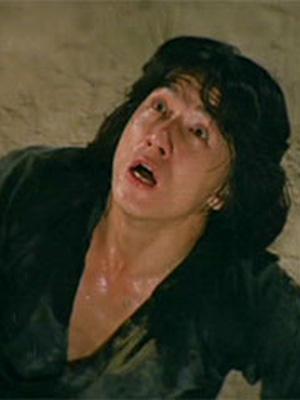
Dragon Lord (1982)
Chan returned to Hong Kong to write, direct and star in another crowd-pleasing action flick. Once again, Chan plays a hapless everydude who just wants to fulfil a simple task (here getting a love note to his girlfriend) but ends up in the sights of a criminal gang.
His vigour in the action scenes is remarkable, and once again he pairs the chopsocky with visual gags. The shooting schedule overran after perfectionist Chan insisted on an enormous number of takes.
Injuries sustained? Chan suffered a concussion after tumbling from an impressively high human pyramid.
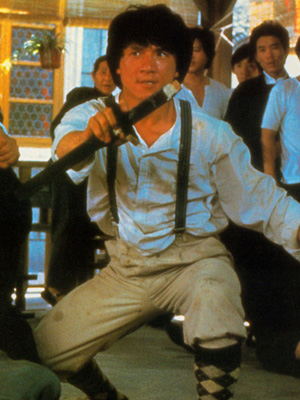
Project A (1983)
This was another key Hong Kong movie for the multi-hyphenate. Once again Chan starred, directed, acted and risked his life in the stuntwork, and the 1900s-set movie demonstrates his affection for period fare.
Chan plays the leader of a group of marine police dealing with a pirate threat, but really this is just another excuse for him to let rip with more innovatively choreographed action and perfectly timed pratfalls.
Injuries sustained? Chan suffered badly on a stunt that required him to hang from a clock tower before falling 60 feet through two canopies, breaking five ribs and injuring his head. He then reattempted the same stunt, breaking his nose and tearing a ligament in his neck. Nutcase.
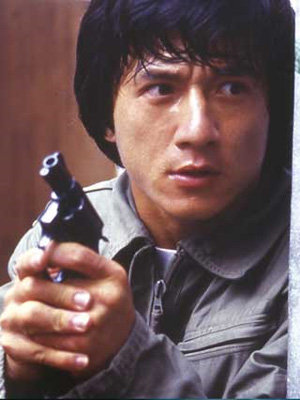
Police Story (1985)
Another pivotal movie in Chan’s career, this cop thriller sees Chan’s Chan Ka Kui on a mission to bring down a local crime lord. Chan directs again, and the film was a hit in China, landing Best Film at the Hong Kong Film Awards.
It’s an impressive riposte to the unsatisfying experience of another failed would-be breakout US hit The Protector . While Police Story may lack the gritty edge of the greatest crime dramas, it’s near untouchable when it comes to action.
Injuries sustained? He survived a downhill car chase through a purpose-built shantytown occupied by his stunt performers, but he suffered some of his worst injuries shooting the climactic shopping mall showdown. Several heads were injured during glass-smashing shots, and Chan broke his back in several places and burned his hands while sliding down a pole surrounded by electric lights.
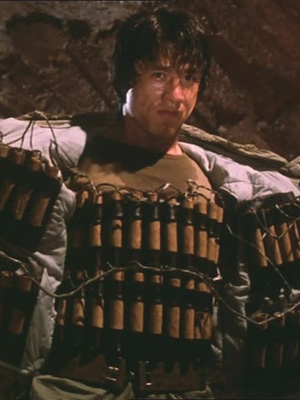
Armour Of God (1987)
Another of Chan’s key franchises, here he plays Asian Hawk, an Indiana Jones-esque adventurer (complete with bumbling sidekick) on a mission across Europe. He holds an African tribal sword that’s a key piece in the ‘armour of god’, and he has to prevent the bad guys completing the collection.
The film has a slightly different feel to some of Chan’s earlier escapades, largely thanks to the Yugoslavian locations.
Injuries sustained? A relatively uncomplicated stunt resulted in Chan’s worst ever injury. The star was close to death after falling from a snapped tree branch and breaking a hole in his skull. The hearing in his right ear was permanently impaired as a result.
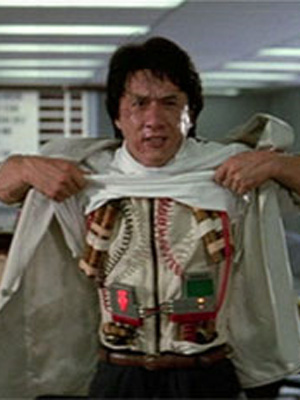
Police Story 2 (1988)
Chan has never shied away from sequels across his six-decade spanning career, reprising the role of Chan Ka Kui for this follow-up. The film was another box office hit, and earned favourable reviews too.
Ka Kui has been demoted to a traffic officer and is living a quieter life, but that soon changes when the criminal that he put away in the first movie, Chu Tao, is released from prison, terminally ill and vowing revenge.
Injuries sustained? The back of his head was lacerated when it was caught by a flying chair, and he also damaged his noggin when diving through a billboard (from the top of a bus, naturally).
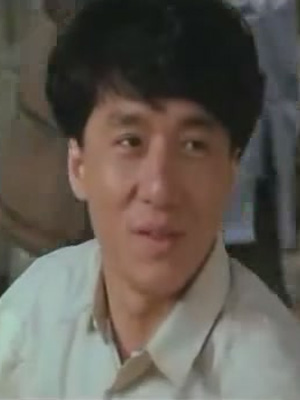
Miracles (1989)
Chan was still in the director’s chair for this loose remake of Frank Capra’s Pocketful Of Miracles . He plays a simple boy who becomes a leading gangster after a stroke of good fortune that he puts down to buying a flower from a street vendor.
The period melodrama makes an odd bedfellow with Chan’s boisterous choreography, and Miracles failed to recoup its budget.
Injuries sustained? A stunt involving a rickshaw lead to him being struck across the eye with a piece of wood.
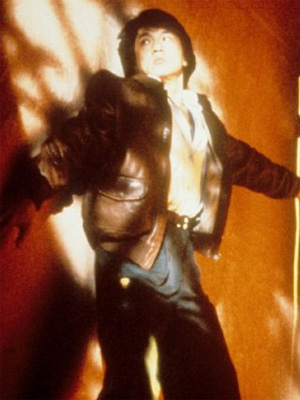
Armour Of God II: Operation Condor (1991)
Here Chan put his talents to another sequel. The Indiana Jones similarities were even more obvious here, as Chan’s Asian Hawk is on the hunt for hidden Nazi gold.
The globetrotting movie took in locations in Spain, Morocco and the Philippines, though the movie couldn't quite justify its enormous budget at the box office.
Injuries sustained? Chan fell from a great height while sliding along a chain, doing his sternum a mischief in the process (various reports claim it was either broken or dislocated).
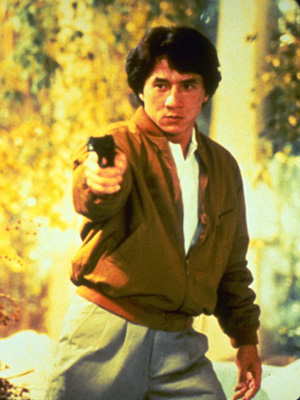
Supercop (1992)
Ever the franchise fan, JC reprised the role of Chan Ka Kui in Supercop (AKA Police Story 3 ). This instalment sees Chan team up with Interpol director Jessica Yang (Michelle Yeoh) to take down – you guessed it! – a dastardly drug lord.
The story’s not staggeringly original, but Chan (who took a break from directing here) proved he was still the master of the good-natured actioner.
Injuries sustained? One of his most spectactular yet: he dislocated a shoulder after a collision with a helicopter!
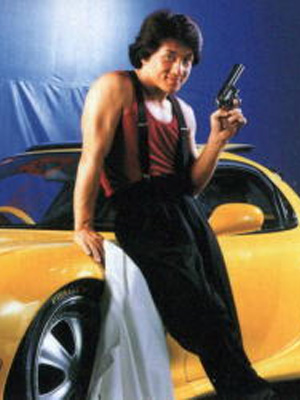
City Hunter (1993)
Jackie Chan continued to enjoy the fun side of action flicks with this enjoyably silly manga adaptation. Having already cornered the market in Indiana Jones knock-offs, this almost feels like Chan having a go at his equivalent of a Bond movie.
Ryu Saeba (Chan) is a private investigator tasked with finding the missing daughter of a newspaper CEO. His search takes him on board a luxury cruise liner, packed with gamblers, glamorous women and the odd terrorist.
Injuries sustained? Chan damaged his shoulder and knee on this one.
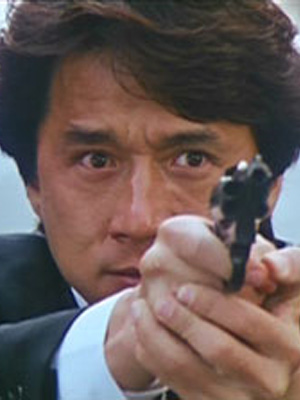
Crime Story (1993)
Unrelated to the Police Story series, this based-on-fact drama emphasised gunplay more heavily than Chan’s previous work, and much of his trademark humour was absent.
Chan plays a police inspector hired to find a kidnapped businessman. In the movie, the case is cracked, but unfortunately this didn’t happen in the real-life inspiration.
Injuries sustained? Despite the change in approach, Chan still managed to harm himself seriously. One sequence sees him crushed between two cars, and he damaged both his legs during the scene.
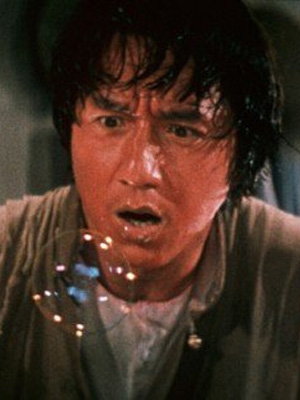
The Legend Of Drunken Master (1994)
Sequel addict Chan reprised his role as Wong Fei-hung in this sorta sequel to his earlier hit Drunken Master (this was originally released as Drunken Master 2 ). The frankly odd plot sees Chan trying to prevent the British Consulate from stealing valuable Chinese artefacts.
He was back in comedy mode for this flick, as he discovers that drinking booze actually helps his ‘drunken’ fighting style.
Injuries sustained? Despite the influence of alcohol, he seemed to complete the shoot unharmed.
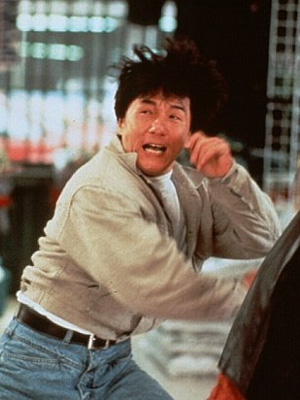
Rumble In The Bronx (1995)
This Hong Kong actioner was the movie that helped to launch Chan as a star in the west. Perhaps it helps that it was set in the US (although it was filmed in Vancouver).
Substantial proof that Chan’s appeal lies not in dense plotting or nimble characterisation, but in breathtaking fight sequences, audacious vehicular chases and gasp-inducing stunts.
Injuries sustained? The camera records Chan’s ankle snapping after one particular leap. Ever the professional, Chan had his cast painted to resemble a shoe, and he continued with the shoot.
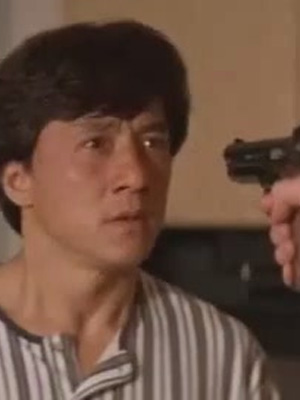
Mr. Nice Guy (1997)
Following the success of Rumble… , Chan was clearly targeting the recent western converts with this Hong Kong actioner. He might be playing a celebrity chef this time around, but Chan sticks to a predictable formula, once again butting heads with some nefarious gangsters.
The decision to shoot the movie in the English language leaves it feeling like a slightly inauthentic hybrid though, rather than the gloriously silly romp fans had come to expect.
Injuries sustained? Yet another breakage for Chan’s robust schnozz.
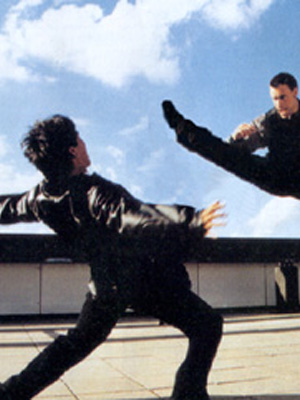
Who Am I? (1998)
Chan was back on writing, directing and ass-kicking duties here, in another attempt to further push the Jackie Chan brand.
Here he preempts Bourne as an amnesiac superspy struggling to uncover his identity and while dealing with various untrustworthy CIA types. So long as you replace Bourne’s bruising realism with all of the worst elements of ‘80s action cinema, you’re there.
Injuries sustained? His dignity was dealt a glancing blow here.
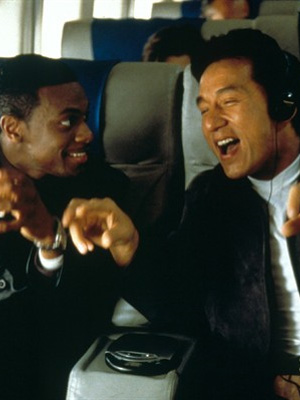
Rush Hour (1998)
Jackie Chan got his first genuine Hollywood smash (for better or worse) in this culture-clash action comedy (which unsurprisingly for those who have been following his career so far, launched two sequels).
Your resistance to Chris Tucker will have a considerable impact on your ability to tolerate the movie, but there’s no denying the fact that this strikes a decent balance between his unique chopsocky skills and Hollywood conventions.
Injuries sustained? He shows his insurmountable survival instinct by working with Tucker for a whole movie, and going back for two more installments.
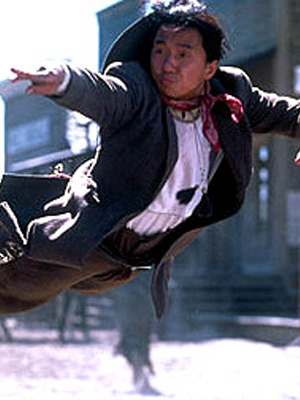
Shanghai Noon (2000)
Chan continued his assault on Hollywood with this surprisingly enjoyable western pastiche. It helps that he’s teamed up with an immensely likeable Owen Wilson, who proves a much more appealing cohort than Tucker.
The high-budget gloss takes away a little of the raw thrill of Chan’s best Hong Kong stuntwork, but there’s still a darn sight more zip and invention than you’d expect from an unassuming summer sleeper hit.
Injuries sustained? The health and safety suits in the US wouldn’t allow it.
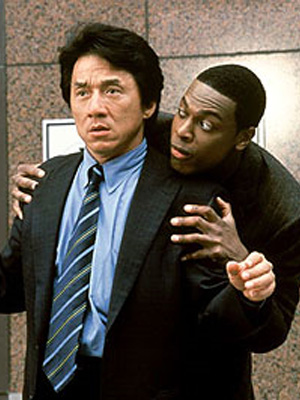
Rush Hour 2 (2001)
A sequel to the mega-hit must have been a no-brainer for franchise emperor Chan, especially as the first film was such a stonking box-office hit. This follow-up didn’t disappoint in that respect, scoring another equally impressive haul ($350m).
It’s more of the same, delighting fans who lapped up the first movie, but not really offering anything to assuage the negativity of those not charmed the first time around. Some of the race-based humour gets a little grating too...
Injuries sustained? He’s still playing it safe here.
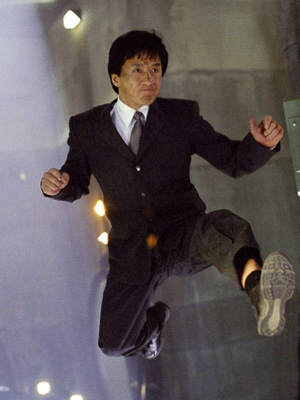
The Tuxedo (2002)
With his gift for physical comedy and his knack for energetic scraps, it’s no surprise that Chan is a firm favourite with kiddie audiences, although those movies don’t find much love with his hardcore fans.
Case in point being The Tuxedo . Chan plays a chauffeur who’s confused with Jason Issacs’ superspy. When he dons the titular eveningwear, it gives him the power to perform all manner of physical feats. Shame the gadget propels him through the motions with little of the pizzazz of his greatest efforts.
Injuries sustained? Not in that suit.
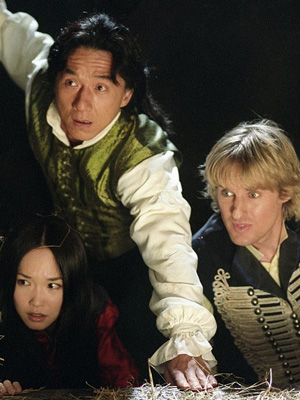
Shanghai Knights (2003)
Jackie Chan and Owen Wilson donned Stetsons again and headed to London to hunt down a missing jewel in this follow-up to the surprisingly enjoyable Noon . It helps that Chan gets to face-off against villainous sidekick Donnie Yen, who matches his flair for martial arts like few of his recent co-stars have been able to.
The English characters are drawn with the same sensitivity as the stereotypes in Rush Hour , but it’s hard to grumble when you’re faced with such slick entertainment.
Injuries sustained? He’s still showing remarkable resilience, considering he was 48 years old at the time.
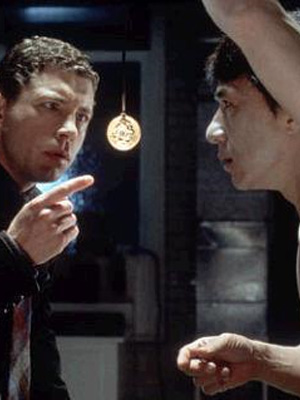
The Medallion (2003)
The dark side of Chan’s foray into Hollywood has seen gubbins like this being churned out. Those concerned that some of Chan’s recent outings had toned down the raw action sequences were mortified by the wirework and CGI on display here.
The paper thin plot sees Chan chasing down the remaining half of a magical medallion (Mr T would be proud) with Lee Evans and Claire Forlani in tow.
Injuries sustained? He was hurt (thankfully not too badly) when a wire snapped and struck him across the face.
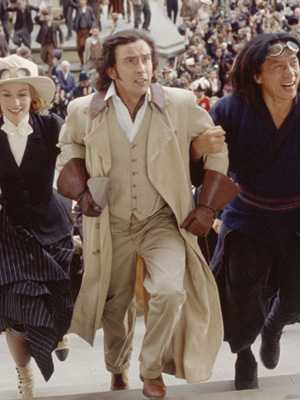
Around The World In 80 Days (2004)
This misjudged Jules Verne adaptation saw Chan playing sidekick Passepartout to Steve Coogan’s Phileas Fogg, though the script tends towards making this a vehicle for Chan rather than a more direct adaptation of the novel.
It’s not all bad: Coogan’s deserving of a better movie, and Cécile De France makes for a spirited travel companion, but nothing in this episodic slog really raises the pulse, particularly the groan-inducing cameos.
Injuries sustained? Not here.
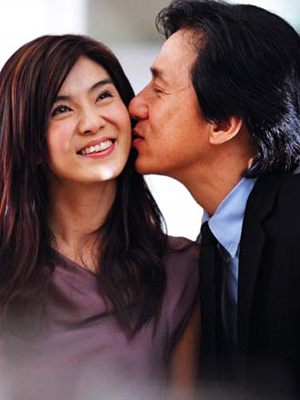
New Police Story (2004)
Despite his predilection for Hollywood fare, Chan hadn’t turned his back on Hong Kong cinema, as evidenced with this crime thriller. Despite the title, this has nothing to do with Chan’s earlier Police Story movies.
Still, it does at least see him return to some impressive action sequences, as he plays down the clowning in favour of drama: here he plays an alcoholic police inspector seeking redemption by bringing down a troublesome gang.
Injuries sustained? Despite some risky stunts, he was unhurt.
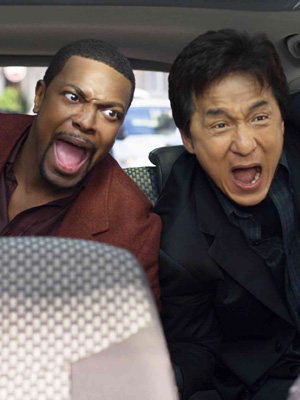
Rush Hour 3 (2007)
The franchise was feeling particularly stale by this point. While still a reasonable box office hit, it couldn’t match its predecessors (and it cost a heck of a lot more than those two).
An intriguing support cast (Max von Sydow, Roman Polanski, that bird off the M & S adverts) doesn’t even manage to invigorate this dull, join-the-dots culture-clash caper.
Injuries sustained? Chan was fine, but the franchise seems to have been mortally wounded.
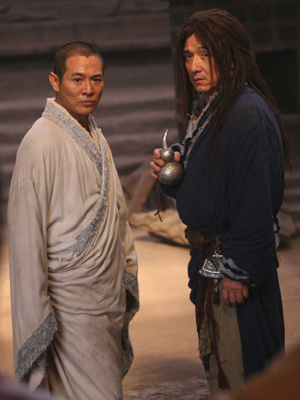
The Forbidden Kingdom (2008)
Jet Li is Jackie Chan’s sparring partner in this kiddiefied kung fu flick. While it may not be the epic that fans of the masters were hoping for, it’s bags more fun than Chan’s previous few movies.
The plot sees an American teen magically teleported to an ancient Chinese village where he has to find a staff and free a monkey king. The action impresses, there are enough nods for fans, and Chan and Li are on top form.
Injuries sustained? He was in good health here.
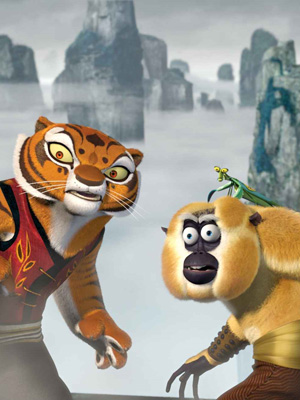
Kung Fu Panda (2008)
Chan was just one of a roster of actors hired for voice duties on the ludricrously-starry DreamWorks animation, with Jack Black, Dustin Hoffman and Angelina Jolie taking top billing.
Jackie Chan is Monkey, one member of fighting squad Furious Five, and he provides a little background authenticity rather than making a huge impact. That said, this bold cartoon has a big heart, no shortage of laughs and some superbly choreographed fight scenes.
Injuries sustained? He was playing it safe here.
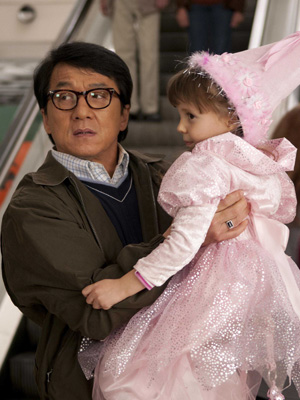
The Spy Next Door (2010)
With Chan having found something of niche making movies for children, he plays purely for that market here. He’s a spy who ends up looking after his neighbour’s trio of rowdy kids, using his skills and gadgets to keep them in check, and later getting them in on a mission, Spy Kids style.
It’s simply not for adults, but if you’ve got a couple of hours babysitting to do, you might as well let Chan entrance their young minds.
Injuries sustained? Definitely not.
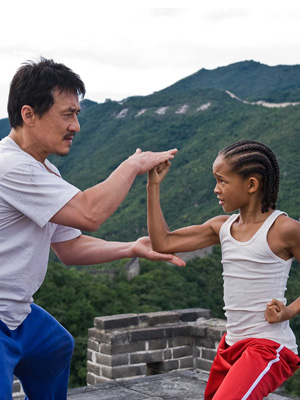
The Karate Kid (2010)
Despite the fact it should have been called The Kung Fu Kid , this remake arrived to surprisingly positive reviews, consolidating Chan as the king of fight-flavoured family fare.
Here he slips into Pat Morita’s Mr Miyagi role (renamed Mr Han), and he provides wisdom aplenty as the mentor to American kid in Beijing Jaden Smith. Shame Chan only gets one fight scene though.
Injuries sustained? No, but the stellar box office performance didn’t do his mainstream credibility any harm…
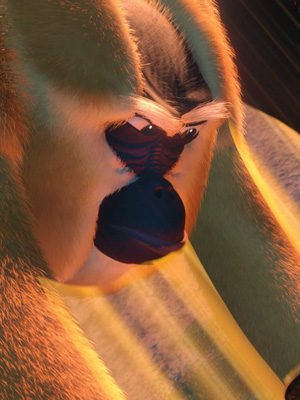
Kung Fu Panda 2 (2011)
Jackie Chan returns to cinemas (vocally, at least) in this week’s Kung Fu Panda 2 . As Po and the Furious Five team up to combat the threat of a villainous peacock, DreamWorks manages to cram even more stars into the support cast (Gary Oldman, Michelle Yeoh, Danny McBride, Jean Claude Van Damme).
Despite crowding in more characters and amping up the set-pieces, this sequel manages to retain the charm of the original, while actually making good use of 3D.
Injuries sustained? Reports that Jackie tripped and grazed his knee when entering the recording booth remain unsubstantiated.

I'm the Editor at Total Film magazine, overseeing the running of the mag, and generally obsessing over all things Nolan, Kubrick and Pixar. Over the past decade I've worked in various roles for TF online and in print, including at GamesRadar+, and you can often hear me nattering on the Inside Total Film podcast. Bucket-list-ticking career highlights have included reporting from the set of Tenet and Avengers: Infinity War, as well as covering Comic-Con, TIFF and the Sundance Film Festival.


